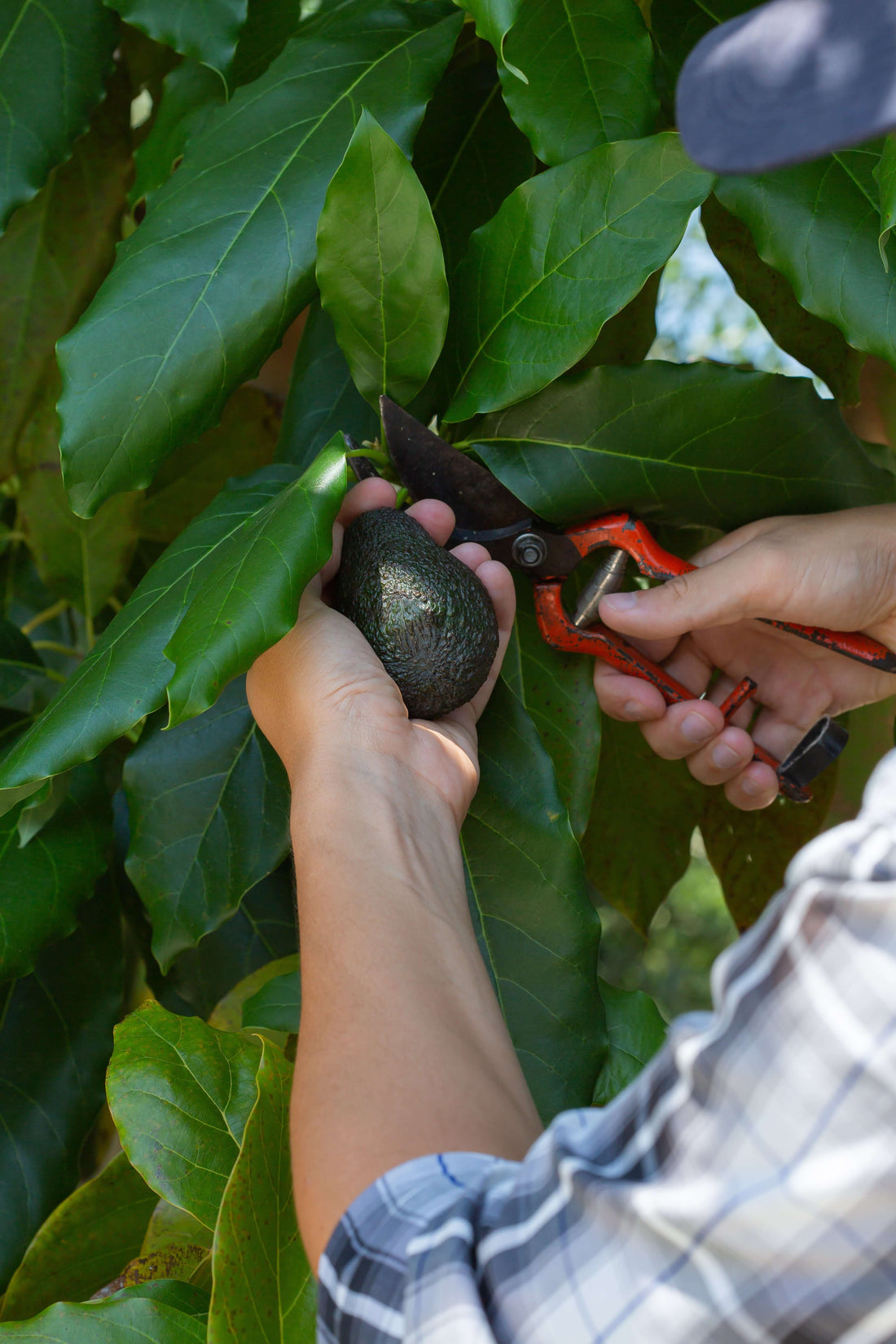
Planting Avocados Organically in the US
Share
Table of Contents
- Introduction
- Selecting the Right Avocado Variety
- Choosing the Ideal Location
- Soil Preparation
- Planting Guidelines
- Organic Fertilization Methods
- Watering and Irrigation
- Mulching and Weed Control
- Pest and Disease Management
- Pruning and Tree Maintenance
- Harvesting and Post-Harvest Care
- Conclusion
1. Introduction
Avocados are a valuable fruit crop, prized for their rich flavor and nutritional benefits. Growing avocados organically ensures that they are free from synthetic chemicals and fertilizers, making them healthier for consumers and the environment. This guide will walk you through the essential steps to planting and maintaining organic avocado trees in the United States, with a focus on organic fertilizers, worm castings, and dairy compost.
2. Selecting the Right Avocado Variety
Avocado trees are categorized into three main groups: Mexican, Guatemalan, and West Indian. Popular varieties grown in the U.S. include:
- Hass – Most commonly grown commercially; thrives in California.
- Fuerte – A hybrid variety suitable for warm climates.
- Bacon – A cold-hardy variety ideal for USDA zones 8-10.
Choosing the right variety depends on the climate and intended use.
3. Choosing the Ideal Location
Avocado trees require full sun (6-8 hours per day) and well-draining soil. The best locations are slightly elevated areas to prevent root rot. USDA zones 9-11 are optimal for avocado cultivation.
4. Soil Preparation
Avocados prefer loamy, well-drained soil with a pH of 5.5 to 7. To enhance soil fertility, use organic amendments:
- Seriokai's Secret Blend Organic Fertilizer Buy Here
- Mikey's Worm Poop Organic Dairy Vermicompost Buy Here
- Dairy compost to increase microbial activity and improve moisture retention.
5. Planting Guidelines
- Dig a hole twice the width of the root ball but no deeper.
- Place the sapling in the hole, ensuring the graft union is above the soil line.
- Backfill with soil mixed with dairy compost and worm castings.
- Water thoroughly after planting.
6. Organic Fertilization Methods
Fertilization is key to strong avocado growth. Use organic inputs such as:
- Seriokai’s Secret Blend Organic Fertilizer for essential nutrients.
- Mikey’s Worm Poop to boost microbial life and nutrient availability.
- Dairy compost to improve soil structure and enhance water retention.
Apply fertilizer every 3-4 months, increasing frequency during peak growing seasons.
7. Watering and Irrigation
Avocados need deep but infrequent watering. Key watering guidelines include:
- Water young trees 2-3 times per week.
- Mature trees require deep watering once per week.
- Avoid overwatering to prevent root rot.
- Drip irrigation is ideal for consistent moisture control.
8. Mulching and Weed Control
Mulching helps retain moisture, regulate temperature, and suppress weeds. Use:
- Organic wood chips or straw around the base (avoid touching the trunk).
- Apply a 3-4 inch layer of mulch.
- Replenish mulch as it decomposes.
9. Pest and Disease Management
Common avocado pests include thrips, mites, and root rot fungi. Organic control methods:
- Introduce beneficial insects (ladybugs, predatory mites).
- Apply neem oil or insecticidal soap.
- Ensure proper soil drainage to prevent Phytophthora root rot.
10. Pruning and Tree Maintenance
Regular pruning promotes strong structure and fruit production:
- Remove dead or diseased branches.
- Thin dense foliage to improve airflow.
- Train young trees for balanced growth.
11. Harvesting and Post-Harvest Care
Avocados do not ripen on the tree. To harvest:
- Pick when fruit reaches maturity size (varies by variety).
- Allow to ripen at room temperature.
- Store ripe avocados in the refrigerator to extend shelf life.
12. Conclusion
Growing organic avocados requires careful attention to soil health, proper fertilization, and sustainable farming practices. By using Seriokai’s Secret Blend Organic Fertilizer, Mikey’s Worm Poop Vermicompost, and dairy compost, growers can ensure healthy, productive trees while maintaining environmental sustainability.
For more organic growing products, visit Soil, Seed & Water.
